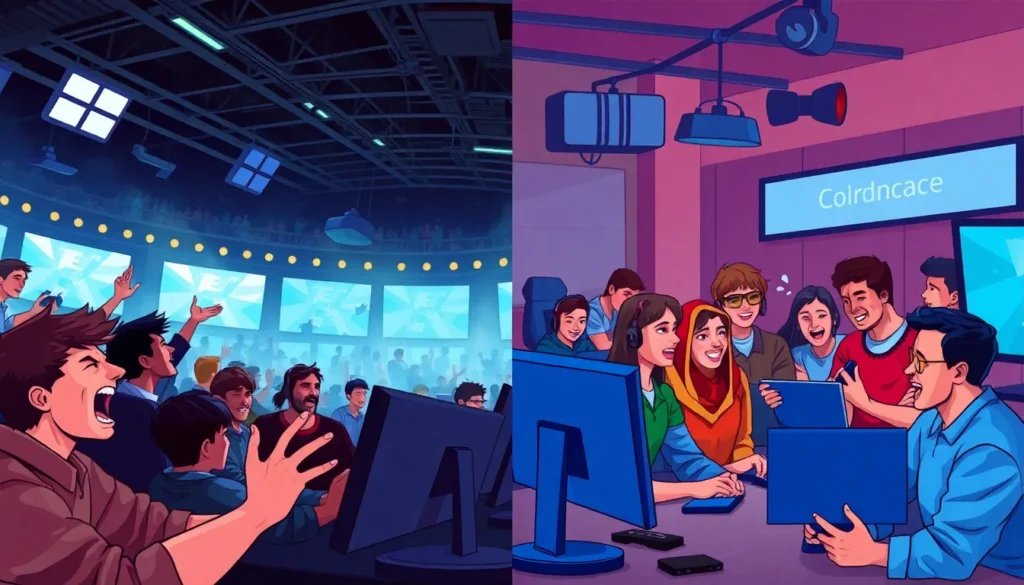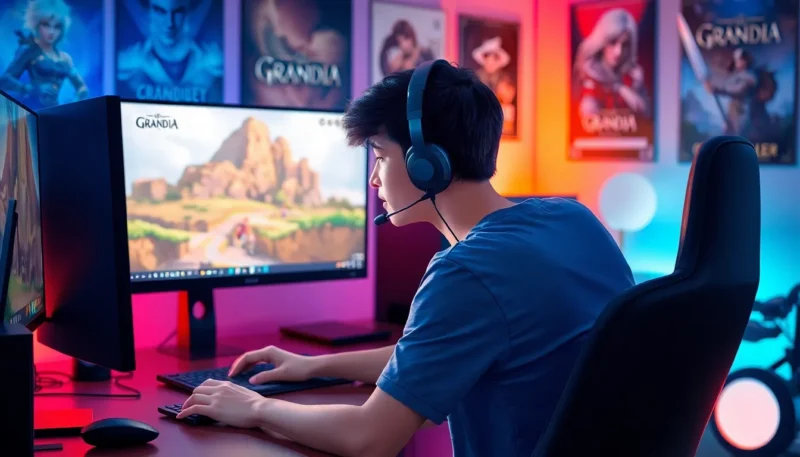
In the vast universe of gaming, where epic victories and thrilling quests await, there lurks a darker side: toxic gaming communities. These digital battlegrounds can turn even the most casual gamer into a keyboard warrior, armed with insults and rage. It’s like stepping into a virtual coliseum where the only thing louder than the sound of gunfire is the chorus of toxicity.
Most Toxic Gaming Communities
Toxicity manifests in gaming communities through harassment, bullying, and negative behavior. Many players experience this toxicity when they encounter hostile interactions during gameplay. Instances of derogatory language or aggressive remarks often happen in competitive environments. Toxic players can create a culture of fear, discouraging newcomers from participating. Analysis of toxic behavior reveals its impact on mental well-being. Frequent exposure to negative interactions can lead to increased stress and decreased enjoyment of gaming. Factors contributing to toxicity include anonymity, competitive pressure, and a lack of accountability. Online platforms sometimes enable harmful conduct, leading to a vicious cycle of negativity. Data shows that toxicity affects community dynamics significantly. Research indicates that approximately 70% of gamers report experiencing some form of toxicity. Communities around certain genres, like first-person shooters and multiplayer online battle arenas, often witness higher incidences of negative behavior. Understanding the extent of these behaviors helps in addressing the issue effectively. Improving gaming environments requires commitment from both developers and players. Developers can implement features that promote positive interactions, such as reporting systems and moderation tools. Active engagement from players, including promoting kindness and respect, also plays a crucial role. A concerted effort to diminish toxicity can lead to healthier gaming spaces for everyone.Criteria for Defining Toxicity



